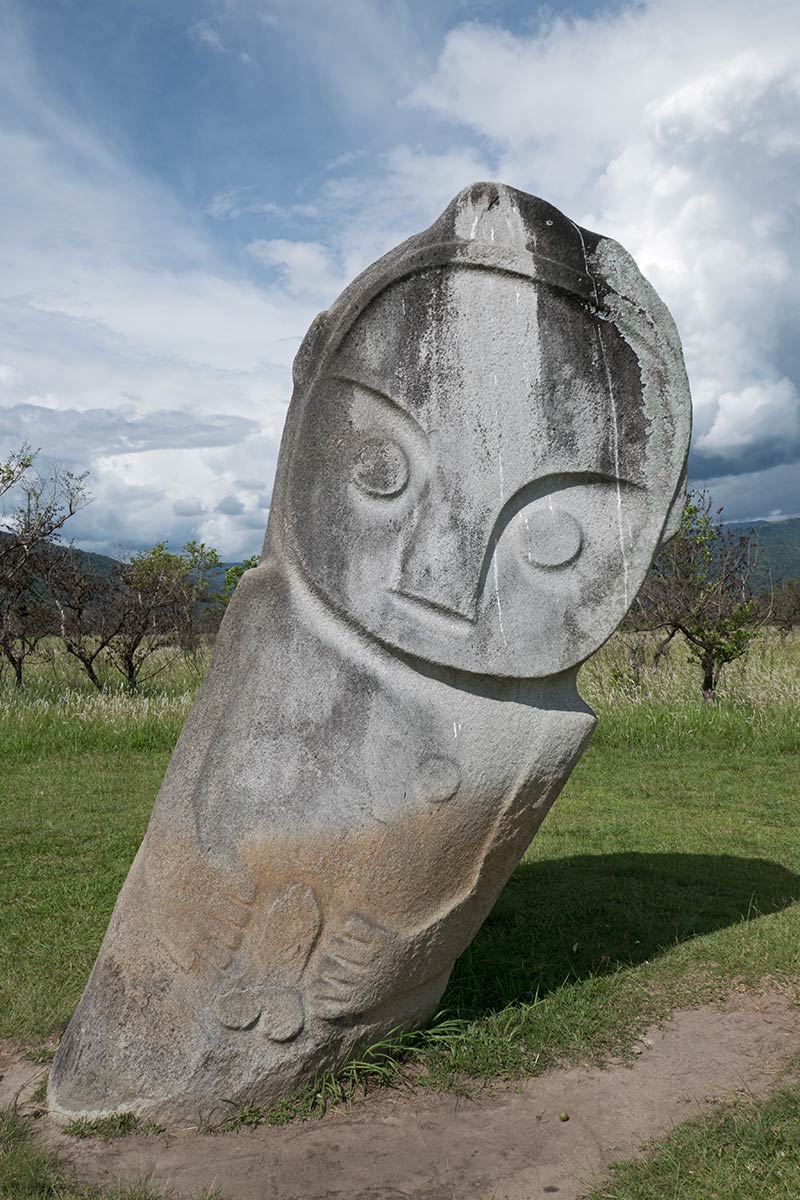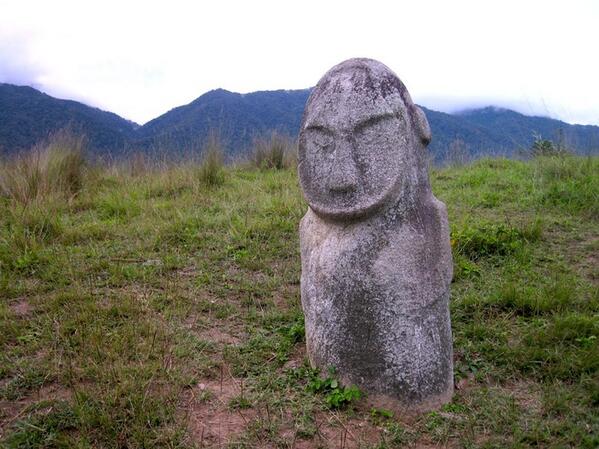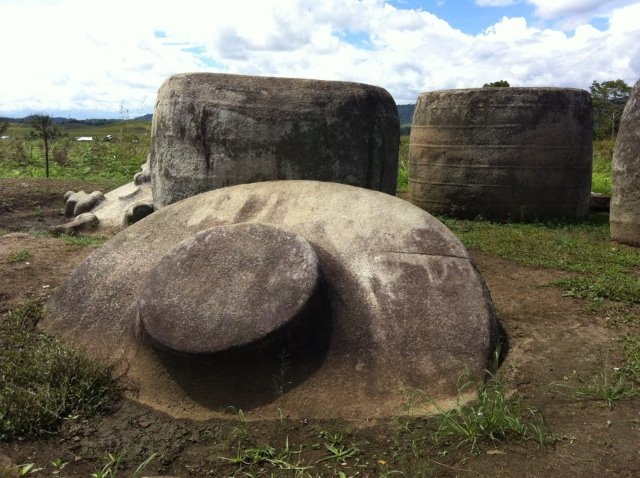The Anthropomorphic Megaliths Of Bada Valley

The Bada Valley is located in Indonesia, on the island of Sulawesi and within the Lore Lindu National Park.
Across the valley, between one side of the Sungai Lariang River and the other, there are about 400 megaliths, although some sources say they are even more than a thousand.
The modern history of the megaliths of the Bada Valley begins with their discovery in 1908, and their archaeological importance was recognized.
Until that moment, rice farmers had limited themselves to walking around it, and the stories about their origins were and are still part of their folklore.
There are barely thirty anthropomorphic menhirs, and at first glance they suggest the Moai of Easter Island.


In fact, they have very large heads, while the body has reduced dimensions.
They are also reminiscent of the stones of Gobleki Tepe.
The style, however, does not resemble either the former or the latter.
They have no limbs, are sometimes short arms, and often have genital organs of exaggerated size. They are of various sizes, the highest being about 4 meters.
In addition to the anthropomorphic figures, there are other kinds of megaliths called “kalambas” and enigmatic artifacts with no seeming purpose.


The “kalambas” are large stone tubs, often carved with decorative figures on the outside, equipped with huge lids.

Some have a single compartment, others are divided into two compartments.
Their purpose is unknown.
Some researchers say they were bathtubs, but that seems somewhat unlikely. There are those who claim that they were burial chambers.
A third hypothesis, which would seem supported by some remains found inside them, hypothesizes that they were used to separate or prepare materials.
However, there’s no certain explanation for these artifacts.
Moreover, archaeologists can’t possibly have a plausible explanation for these megaliths, since the stone they are carved into is not present on the island.
Once again we find ourselves in front of colossal statues whose construction material was brought from afar, for unknown reasons, presumably with enormous effort.
The dating that is currently accepted for these constructions says that the oldest date back to 5,000 years ago, but there are those who make even more remote hypotheses, up to the end of the Younger Dryas period, 12,000 years ago.
Any hypothesis is plausible because the real mystery lies in the fact that no one has logical explanations to which civilization could have erected these megaliths.
In the Bada Valley area, there are no traces of ancient settlements, and the tools with which the stones would have been carved have not been found anywhere.
A hypothesis put forward by the anthropologist Martin Gray is that the construction of megaliths dates back to long before the last great ice age when the sea level was much lower and the current Indonesian islands were part of a single subcontinent called Sundaland.

